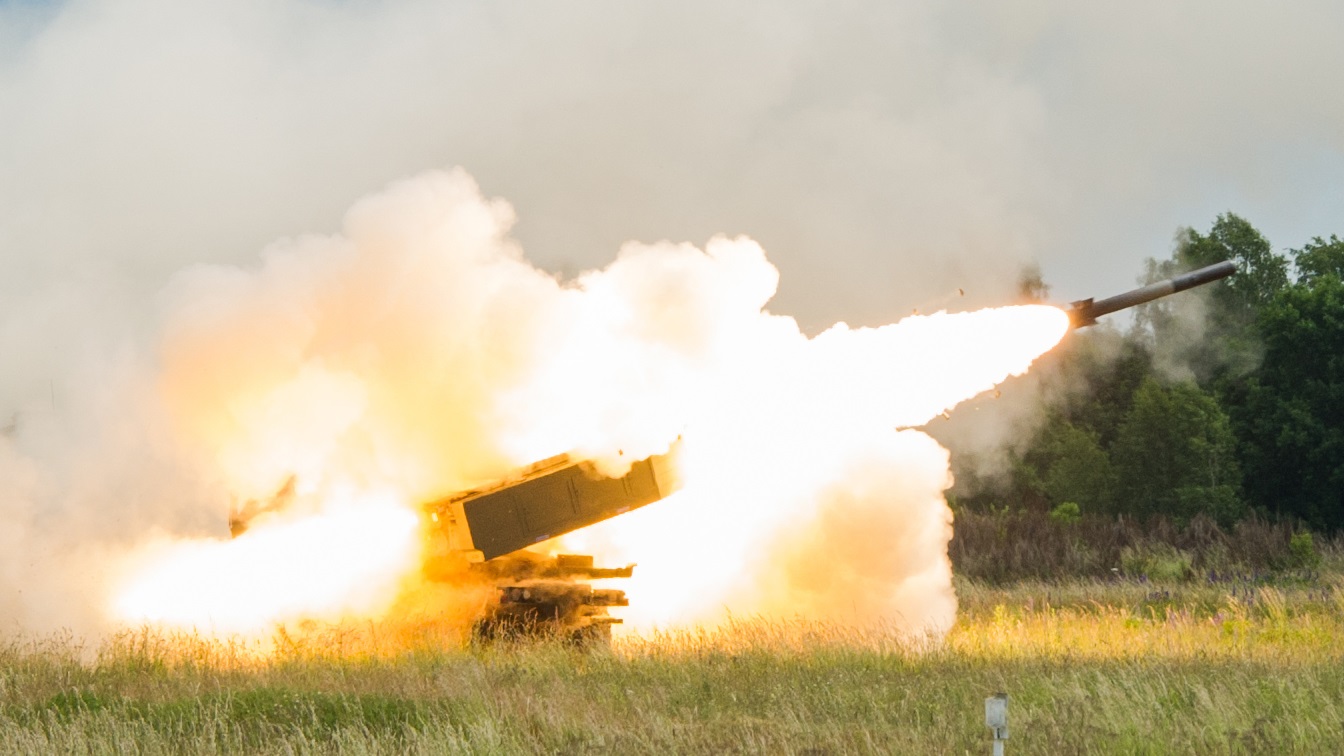The fighting continues to unfold across Southern Ukraine and the Donbas as the Ukrainian military tries to turn a tactical breach into an operational breakthrough. Amid heavy fighting on the frontlines, a fierce artillery duel is taking place between the two militaries.
Despite its slow progress on the ground, Ukraine is winning the artillery fight.
Outmatched by Ukrainian Artillery
After the first few weeks of its counteroffensive, the Ukrainian military changed its approach.
Instead of throwing men and tanks against Russia’s extensive defensive lines, Kyiv started to systematically dismantle Russia’s long-range fires systems close to the frontlines. The Ukrainian military sought thus to diminish the deadliest weapon on the battlefield and create the conditions for a fires superiority that could aid ground troops in their struggle to overcome Russian anti-tank obstacles, trenches, and fortified positions.
The Ukrainians have done very well, destroying hundreds of Russian artillery guns, multiple launch rocket systems, and counter-battery radars.
When it comes to long-range fires, Ukrainian forces definitely have a qualitative advantage after months of Western security aid.
The Ukrainian military now boasts an impressive long-range fires arsenal with weapons systems such as the M142 High Mobility Artillery Rocket System, or HIMARS; M270 Multiple Launch Rocket System; M-777 155mm howitzer (with the option of cluster munitions, mine-laying shells, and M982 Excalibur precision-guided rounds); M109 Paladin 155mm self-propelled howitzer; Pzh2000 155mm self-propelled howitzer; Caesar 155mm self-propelled howitzer; and Archer 155mm self-propelled howitzer, among other systems.
Kyiv’s self-propelled artillery is especially deadly, according to the Russians themselves.
“Basically, all of [Ukraine’s] guns are installed in depth at a distance inaccessible to our artillery. An estimated two artillery brigades were concentrated in the ‘hottest’ directions, not counting the artillery of local brigades,” Russian lawmaker Andrey Gurulev stated recently.
“We burned a lot of their towed artillery, they switched to using self-propelled guns. Our people say that it is very difficult, almost impossible, to catch them; after the second sighting shot, they move and change position,” the Russian lawmaker added.
More is Needed to Help Ukraine
Although the Ukrainians have been doing very well on the long-range fires front, more is needed from the West to support Kyiv’s efforts to liberate the country from the Russian yoke.
The Biden administration is moving in the right direction by agreeing to send MGM-140 Army Tactical Missile Systems (ATACMS). With a maximum range of almost 200 miles, the ATACMS will bring all of occupied Ukraine within range, putting pressure on Russian forces to adjust their logistical nodes so they are not destroyed.
Ukrainian forces go through up to 200,000 155mm shells every month. To sustain the heavy fighting, Kyiv needs a steady supply of these munitions, as well as barrels for the guns to replace wear and tear.
By achieving a relative superiority in the use of the deadliest weapon on the battlefield, the Ukrainian military has taken an important step in prevailing over its Russian adversary.
A 19FortyFive Defense and National Security Columnist, Stavros Atlamazoglou is a seasoned defense journalist specializing in special operations and a Hellenic Army veteran (national service with the 575th Marine Battalion and Army HQ). He holds a BA from the Johns Hopkins University, an MA from the Johns Hopkins’ School of Advanced International Studies (SAIS), and is pursuing a J.D. at Boston College Law School. His work has been featured in Business Insider, Sandboxx, and SOFREP.

